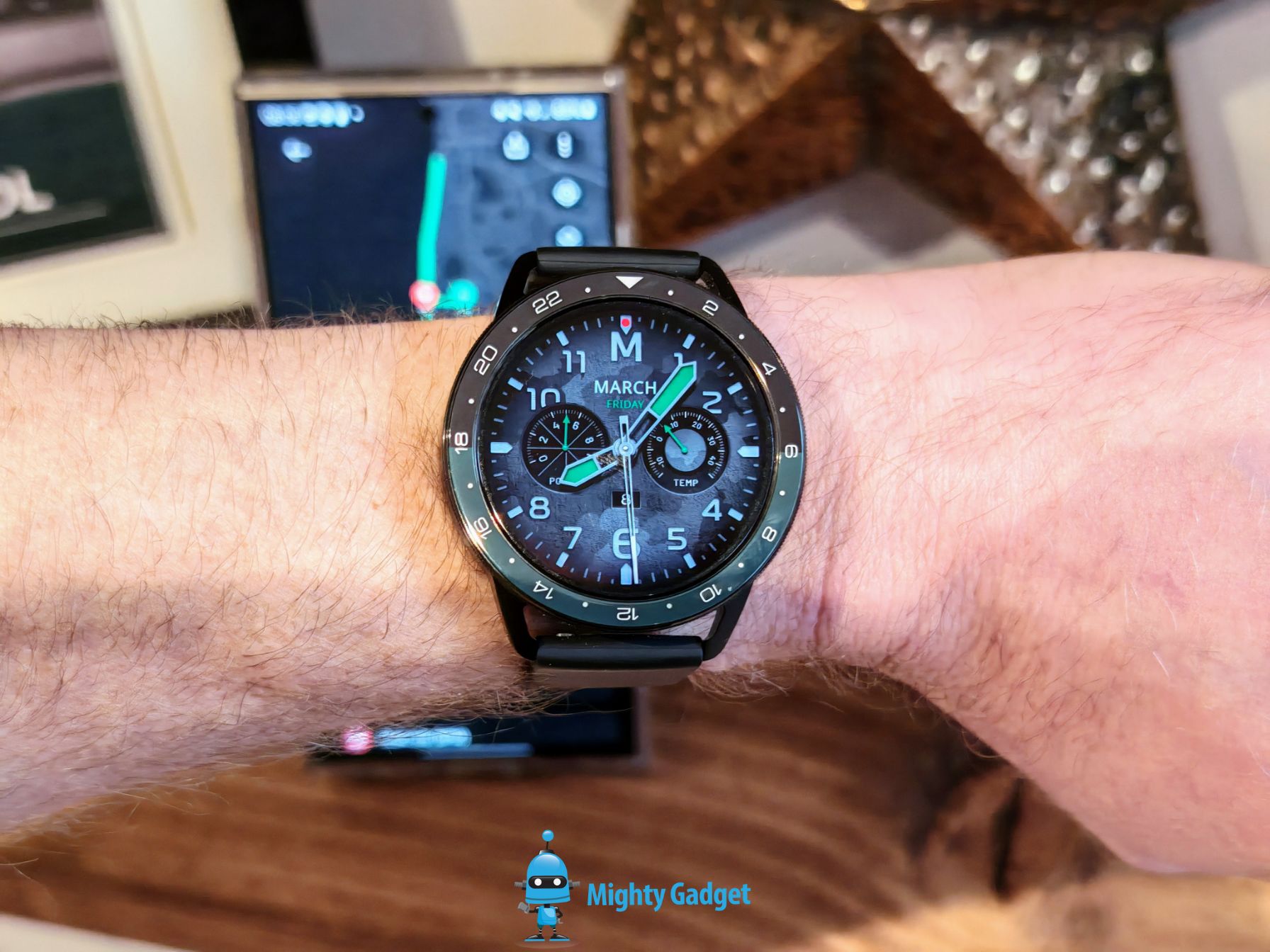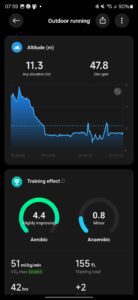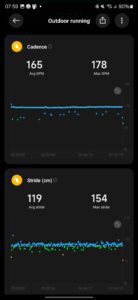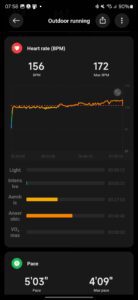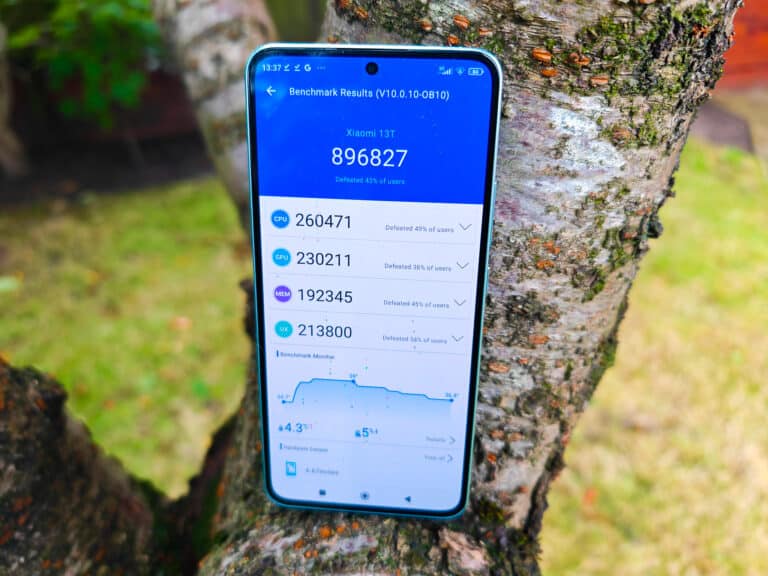Any links to online stores should be assumed to be affiliates. The company or PR agency provides all or most review samples. They have no control over my content, and I provide my honest opinion.
The Xiaomi Watch S3 is the latest affordable smartwatch from the Chinese tech giant. It offers an impressive set of features at a very competitive price point. With a sleek design, long battery life, and support for popular fitness platforms like Strava, this watch aims to be the perfect companion for fitness enthusiasts on a budget.
To avoid confusion, it is worth pointing out that the Watch S3 runs Xiaomi HyperOS, but this is not the same Android-based HyperOS you find on the Xiaomi 14; it is instead a feature OS that has limited customization. This is what allows it to be both affordable and have an amazing battery life. It is the Xiaomi Watch 2 that runs the fully-fledged WearOS smartwatch OS.
| Preview | Product | Rating | Price | |
|---|---|---|---|---|

| Xiaomi Watch S3 3,63 cm (1.43") AMOLED 47 mm Numérique 466... | £119.99 | Buy on Amazon |
Specification and Features
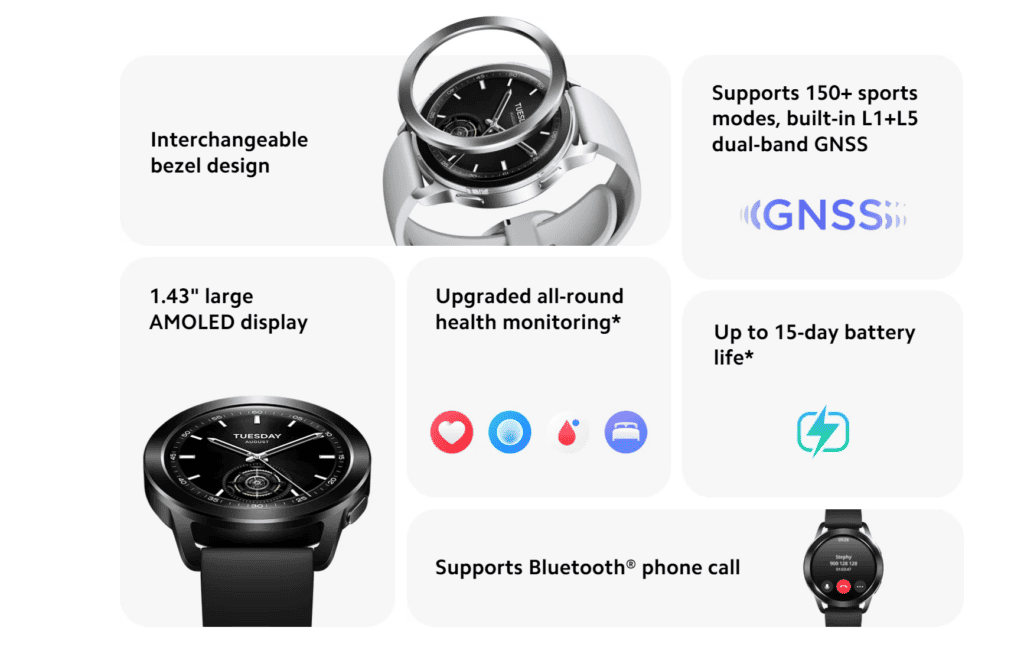

- Display:
- 1.43 inch AMOLED
- 466x 466 pixels, 326 PPI
- Dimensions:
- 47mm × 47mm × 12mm
- 44g (without strap)
- Strap:
- Fluororubber 140 mm-210 mm
- Black or Silver (other colours sold separately)
- Battery:
- 486mAh
- 15 days typical
- 5 days with AOD
- Charging:
- 2-Pin magnetic charging dock
- 45 minute full charge
- Sensors
- Heart rate sensor (with blood oxygen sensor), accelerometer, gyroscope, electronic compass, barometer sensor, ambient light sensor, hall sensor
- Microphone: Supported
- Speakers: Supported
- Bluetooth: Bluetooth 5.2
- Satellite Positioning Systems: BeiDou, GPS, GLONASS, Galileo, QZSS
- NFC: Yes, region-specific
Design and Build Quality
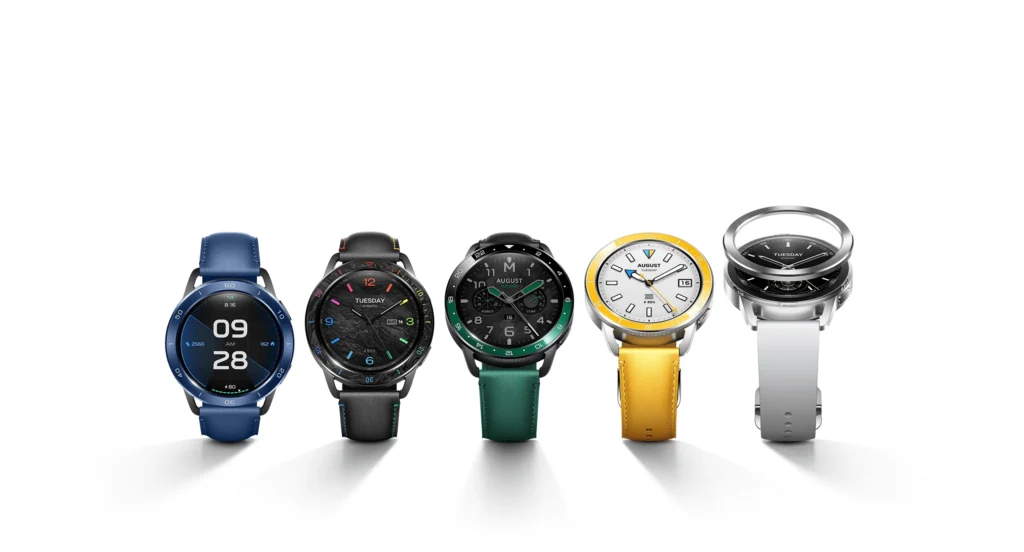

The Xiaomi Watch S3 features a classic round watch design, and my sample is black. The build quality is decent but doesn’t feel as premium as many other, much more expensive options from the likes of Huawei or Garmin.
The overall appearance is nice. It looks like a normal watch and I much prefer the appearance of this than many of the smart band style smartwatches you can get.
Xiaomi has then introduced a unique design feature that allows you to swap out the bezel of the watch. This gives you a bit more flexibility with the appearance. The black model comes with a plane-black bezel as default, but I was also sent a numbered bezel, making it look more like a pilot or military watch. When you attach the bezel, the watch also changes the watch face to match the strap.
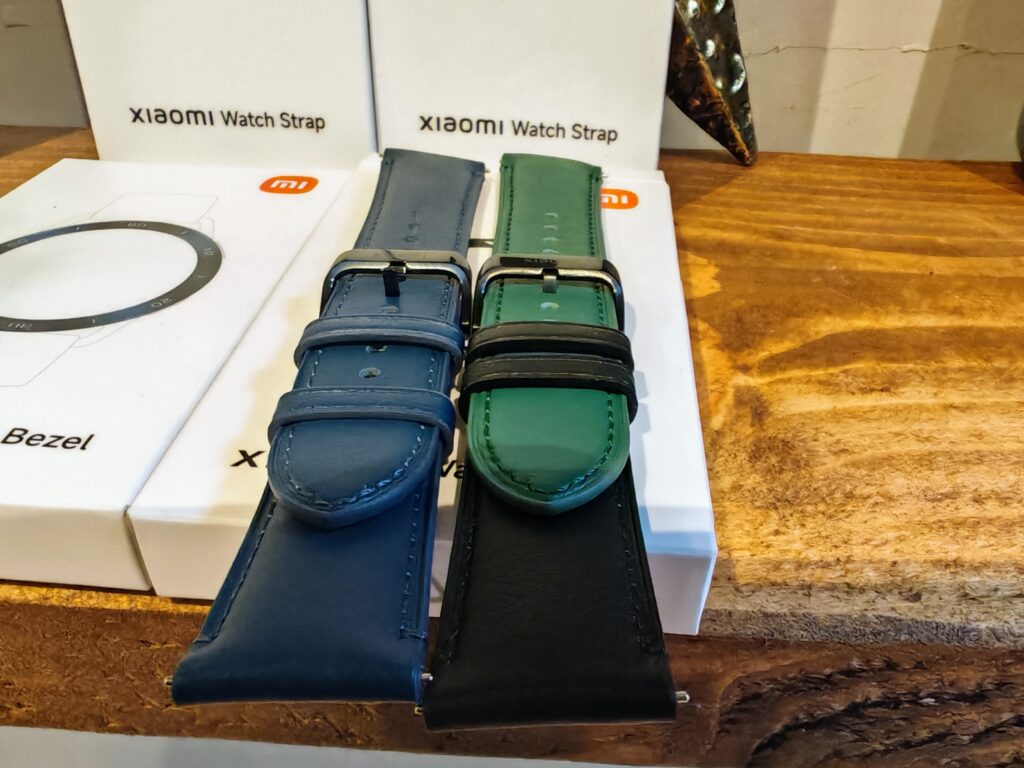

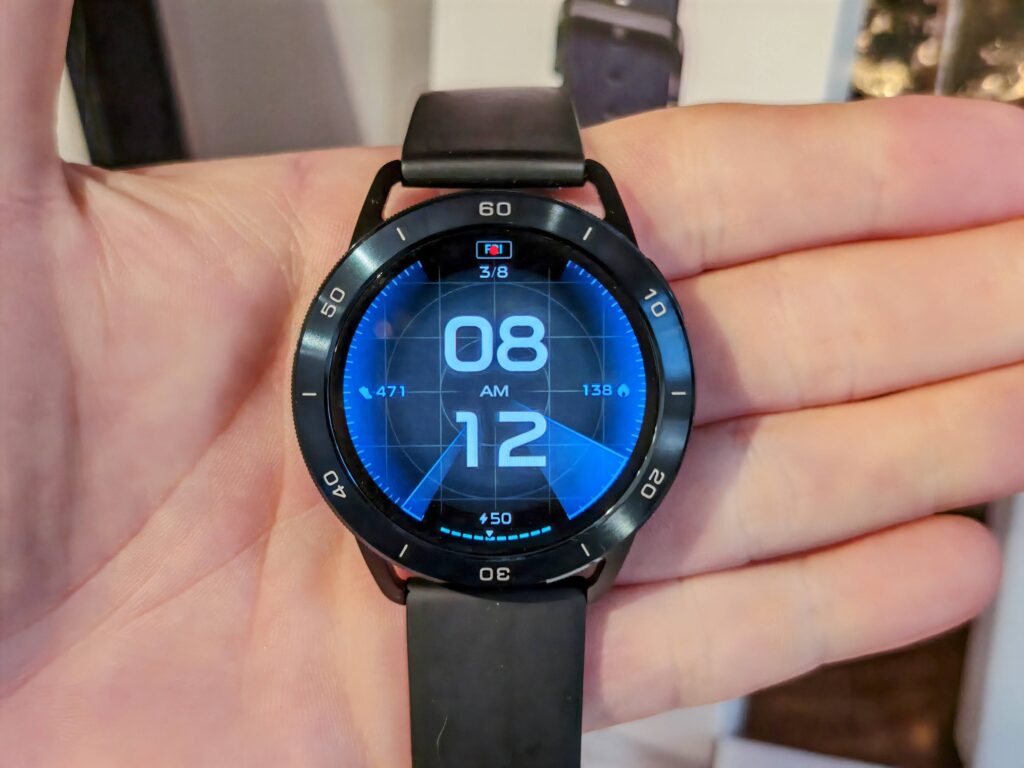

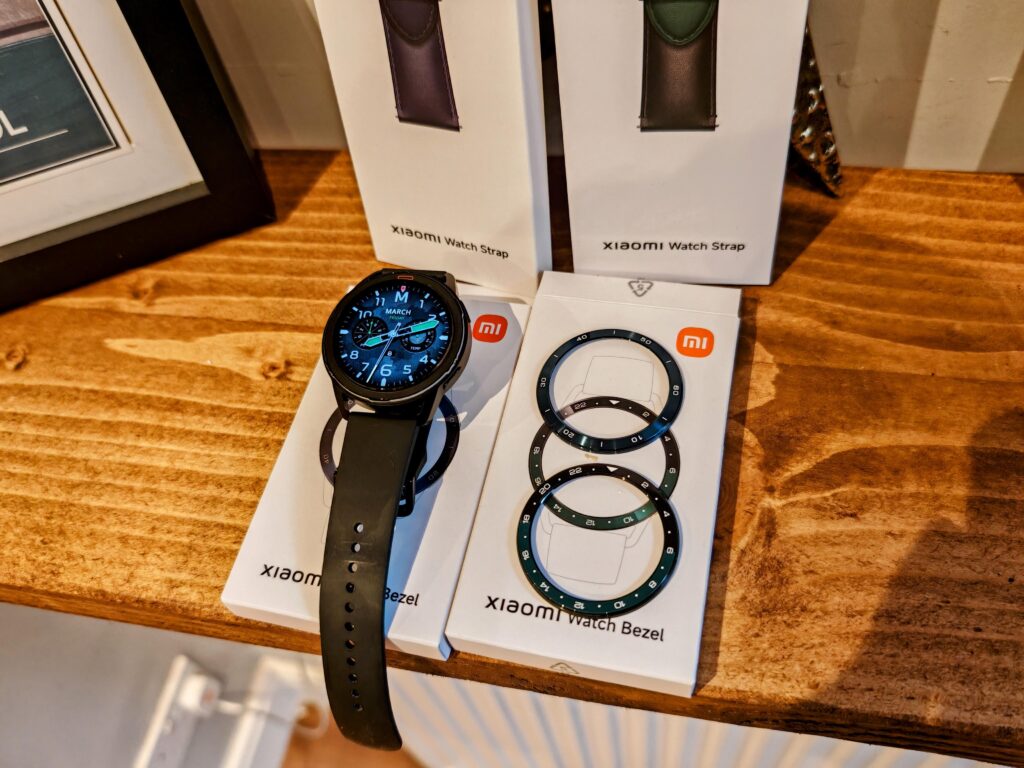

I was also supplied two additional straps, one blue and black, one green and black, which are both made from calf leather and make the watch look a bit more premium.
To charge the watch, you, unfortunately, have to use a proprietary magnetic connector. I find these easier to charge watches than QI wireless but I prefer the convenience of being able to charge with different wireless charges.
Set Up and Mi Fitness
Setting up the Xiaomi Watch S3 is a straightforward process. After downloading the Mi Fitness app on your smartphone, you can pair the watch via Bluetooth. The app allows you to customise watch faces, manage notifications, and sync your fitness data.
The Mi Fitness app provides a comprehensive overview of your daily activity, including steps taken, calories burned, and sleep quality. It also offers guided breathing exercises and menstrual cycle tracking for female users.
Strava and Third-Party Data Export
Most people who are keen on outdoor fitness will use Strava. I have always said that Xiaomi is the best brand to choose from if you want an affordable watch that also integrates with Strava.
Things have changed a bit, with Huawei now supporting Strava negatively rather than having to use the HealthSync app, which was always a bit hit or miss.
However, unless you opt for a proper smartwatch or a fitness-focused brand like Garmin, I think Xiaomi are still the best for Strava integration.
Furthermore, this can be linked to Google Fit and Suunto.
Watch Apps and UI
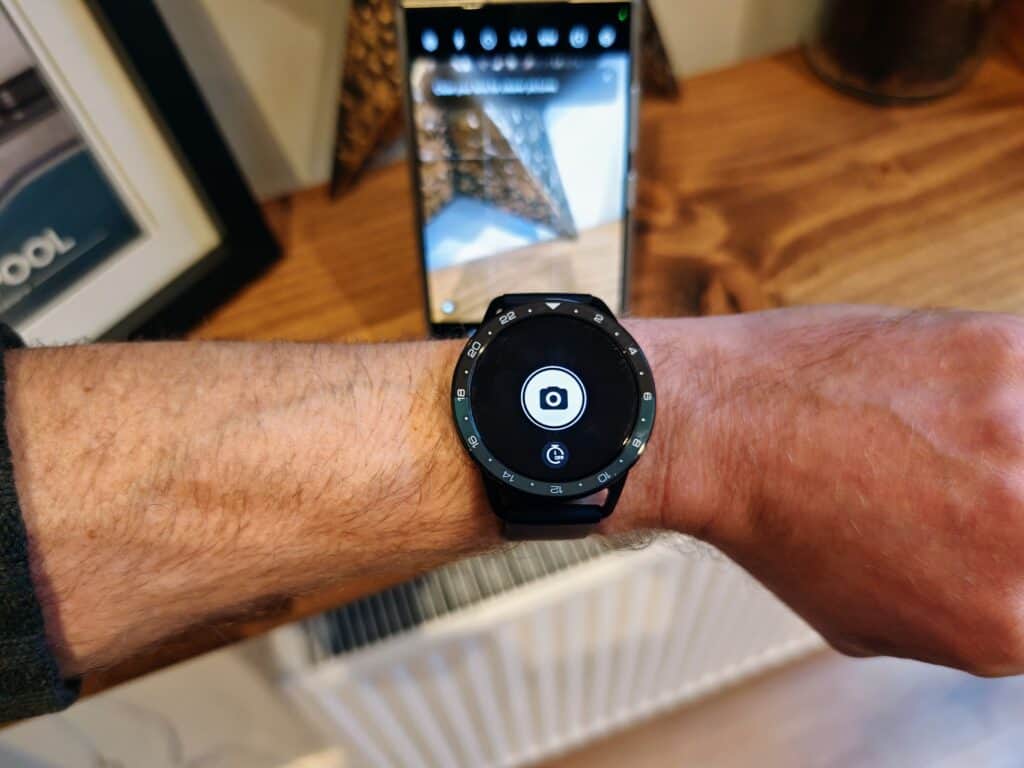

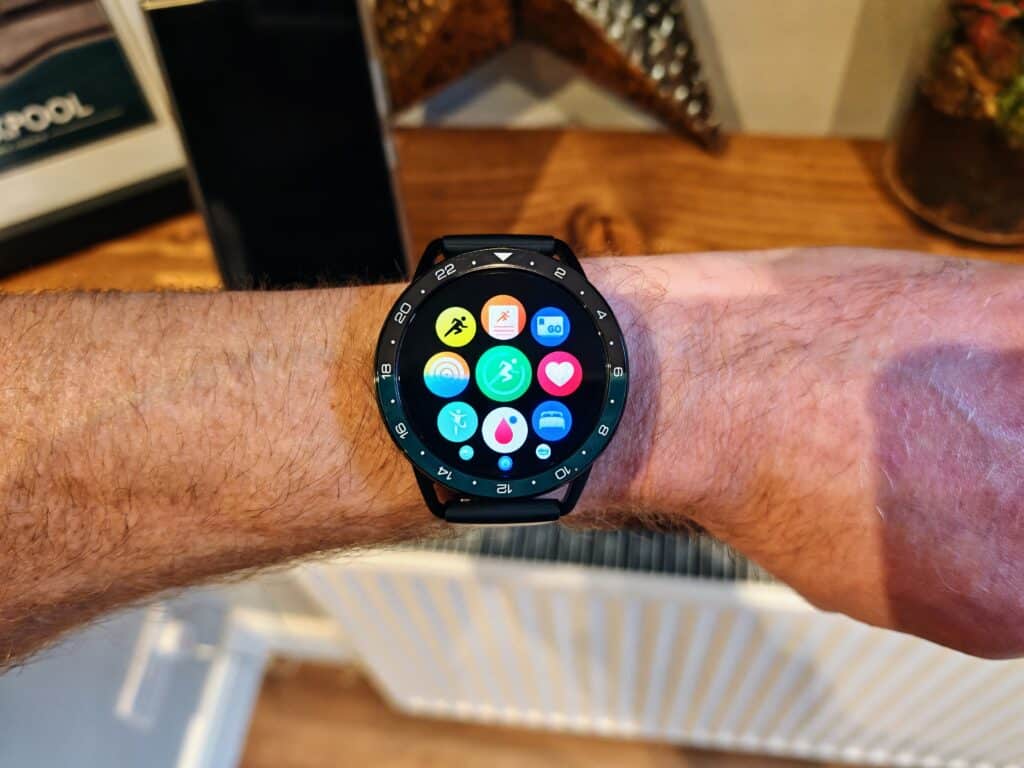

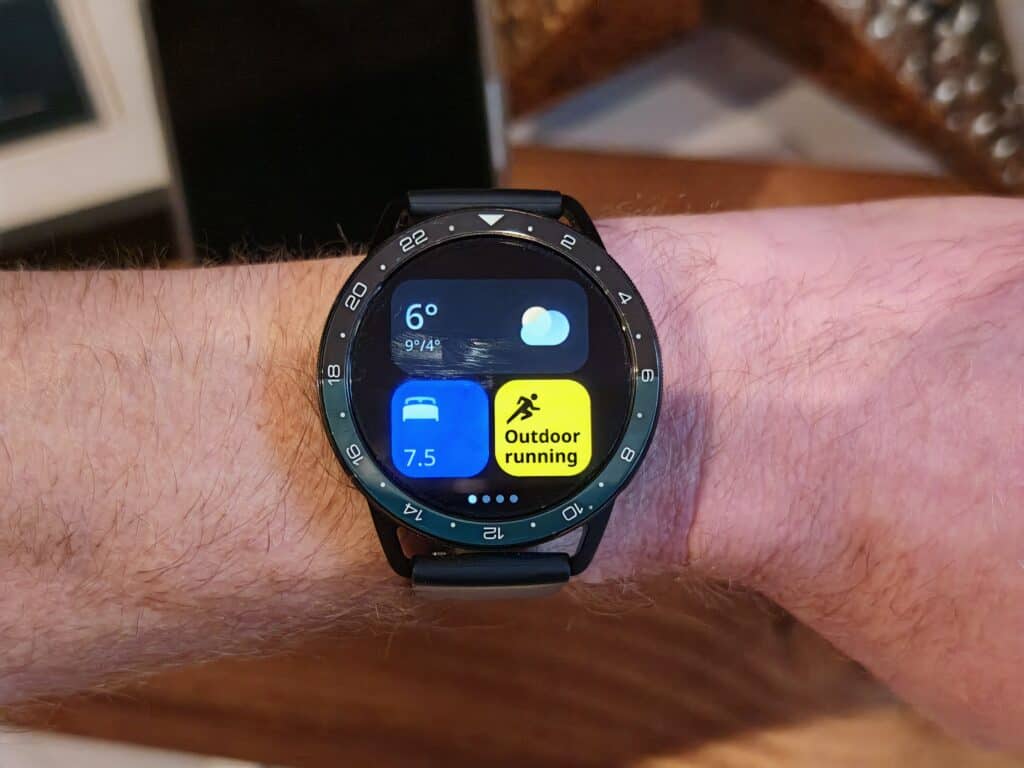

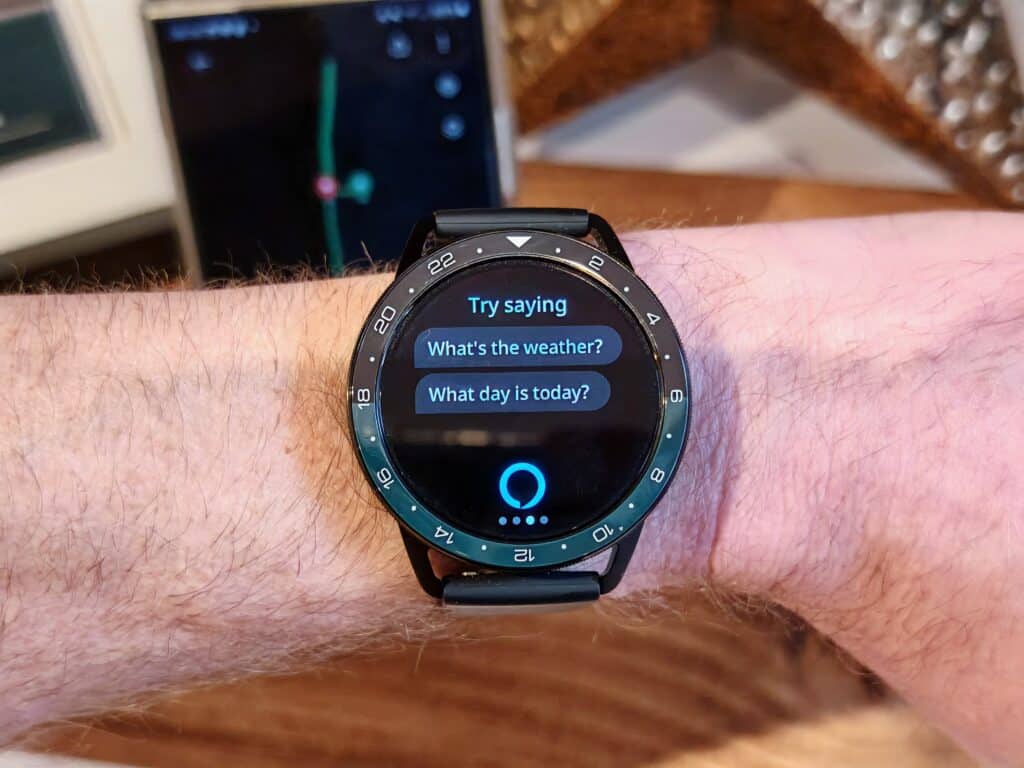

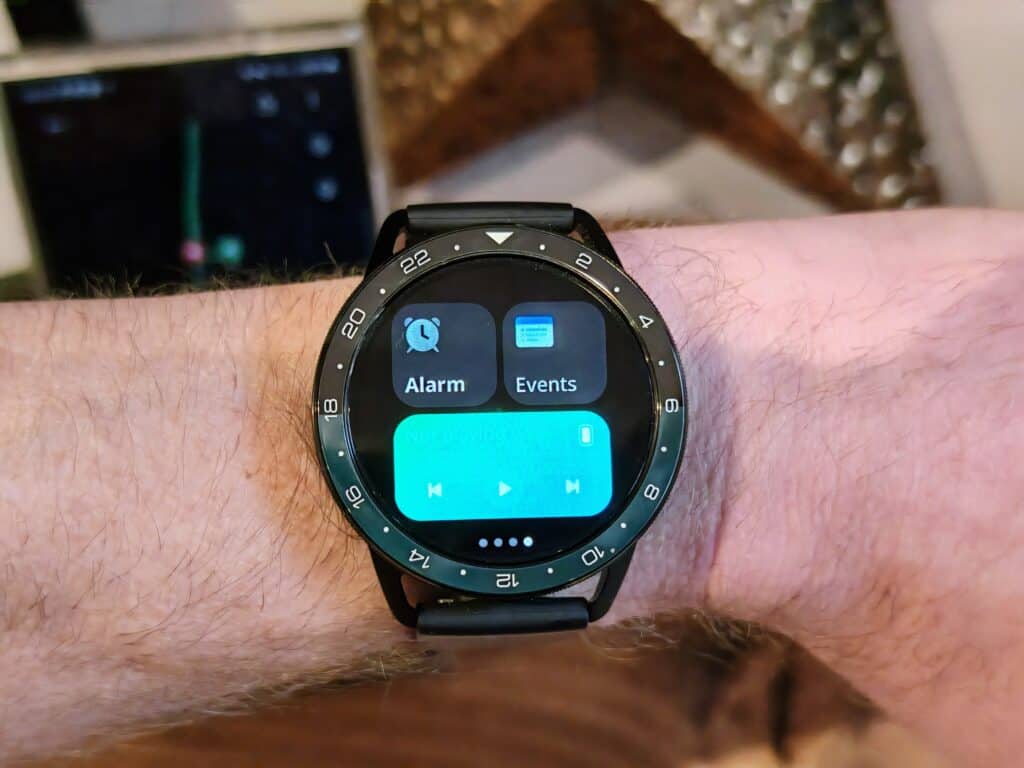

The Xiaomi Watch S3 runs on a proprietary operating system that offers a simple and intuitive user interface. The watch face can be customised with various pre-installed options or by downloading additional faces from the Mi Fitness app.
Swiping from the watch face reveals a range of widgets, including weather, music controls, and fitness stats. The watch also supports notifications from your smartphone, allowing you to read messages and see incoming calls directly on your wrist.
While the Watch S3 doesn’t support third-party apps like a full-fledged smartwatch, it does offer a selection of built-in apps for tracking workouts, monitoring health, and more.
The watch also has NFC and supports Xiaomi Pay. This is currently limited to just Curve and UAB Zen, but it is a convenient feature if you use one of these banks.
Fitness Tracking
The Xiaomi Watch S3 excels in fitness tracking, offering support for over 110 sports modes, including running, cycling, swimming, and more. The watch uses its various sensors to accurately track your workouts, providing data such as heart rate, pace, distance, and calories burned.
For outdoor activities, the Watch S3’s GPS functionality allows you to track your routes and view them in the Mi Fitness app. The watch also provides real-time guidance during workouts, such as alerting you when you reach a certain distance or if your heart rate exceeds a set threshold.
As I am training for a marathon, I have mostly been running outdoors recently.
In my testing, I used the Garmin Fenix 6 Pro paired with the Garmin HRM Pro chest strap for accurate heart rate monitoring and the Stryd foot pod power meter for more accurate speed measurements and additional metrics.
Heart Rate Accuracy
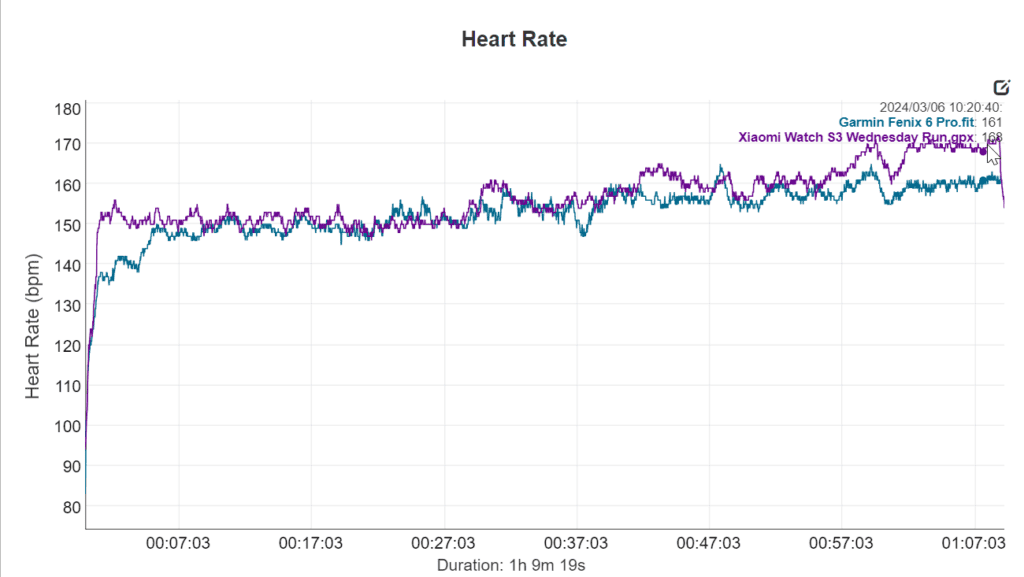

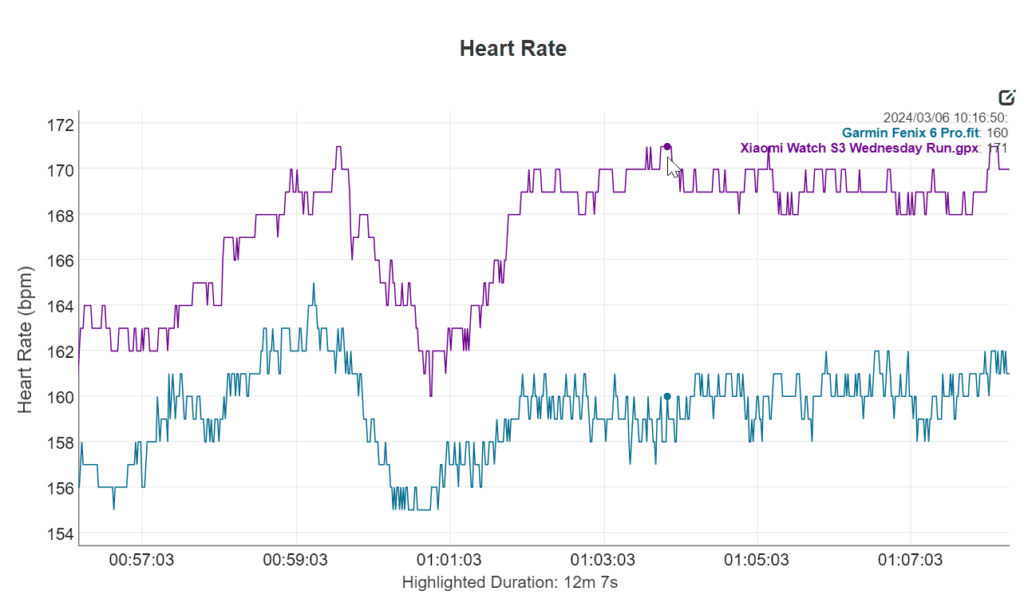

The Xiaomi relies on a wrist-based optical heart rate monitor, which is notoriously prone to inaccuracies due to the awkward placement. In my case, I have very skinny and hairy wrists. I also find that there isn’t a great deal of flex with the strap, I can get it fitting snugly but a little tighter may improve accuracy.
While the sensor itself will be highly accurate, the wrist placement will often cause inaccuracies. From my experience with my own body, this is true for most watches, but my partner doesn’t have the same issues.
The Xiaomi watch performed OK on an 8.5-mile run. Looking at the data plotted against each other, you can see that the Xiaomi struggles at the start and end of the run, but it is relatively accurate in the middle.
Looking at the middle parts, the maximum difference in readings is 7bpm, which is not ideal for a serious amateur athlete, but is acceptable for more casual fitness enthusiasts.
Towards the end of the run, things went more awry. Xiaomi consistently reads around 170 bpm vs 160 bpm. While a 10bpm difference doesn’t seem significant, there is a significant difference in effort between running at 160bpm and 170bpm.
The average HR isn’t too bad, with just a 4bpm difference.
I’d love it if Xiaomi or other brands allowed you to pair HR sensors with smart watches for more accurate measurements.
GPS & Distance Accuracy




The Xiaomi supports BeiDou, GPS, GLONASS, Galileo, and QZSS dual-band GNSS systems with support for L1 and L5. This is quite an advanced GNSS feature that allows systems to use multiple frequency bands, resulting in more consistent tracklogs and improved positioning when using the device in challenging environments.
Technically, it is more accurate than my Garmin Fenix 6 Pro, as multi-band GNSS wasn’t used until the Fenix 7 series.
For my runs, both watches performed well with no obvious errors. Living in a coastal town means there are few environmental obstacles that could cause problems with the GPS/GNSS.
Xiaomi did track an additional 30 metres, but I suspect this will be a user error, as I stopped the watches at different times.
Running Metrics
Garmin is obviously the best brand if you want to track as much information as possible. With the HRM-Pro and/or Stryd, I get advanced running metrics such as power, ground contact time, vertical oscillation, etc. As much as I like all the numbers, I only really care about power and accurate speed measurements.
Xiaomi provides more than enough data for most fitness enthusiasts. For running, this includes:
- Pace
- BPM
- Steps
- Calories
- Elevation Gain
- Elevation Loss
- Pace per KM
- Cadence
- Stride Length
- Training Effect, which includes VO2 Max, training load and recovery time.
Overall, I think the Xiaomi Watch S3 does an excellent job of fitness tracking and it works well for casual and serious fitness enthusiasts alike.
Health Tracking
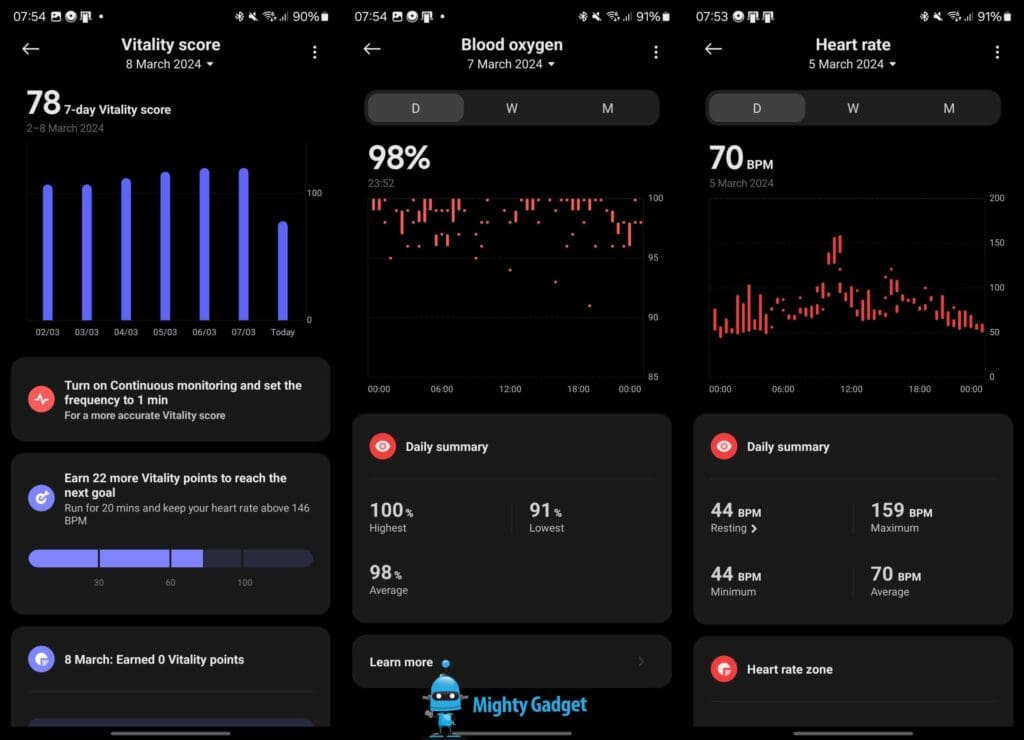

In addition to fitness tracking, the Xiaomi Watch S3 offers a range of health monitoring features. The watch can continuously monitor your heart rate throughout the day, alerting you if it detects any abnormalities. It also supports blood oxygen (SpO2) tracking, which can be useful for assessing overall health and fitness levels.
The Watch S3 also provides sleep tracking, using its sensors to analyse your sleep patterns and provide insights into the quality of your rest. It can track deep sleep, light sleep, and awake time, as well as provide a sleep score to help you understand how well you’re sleeping.
Sleep tracking appears to be good. In addition to my Garmin, I use the Withings Sleep Mat, and the three systems report different results. For example, my most recent night’s sleep was reported as:
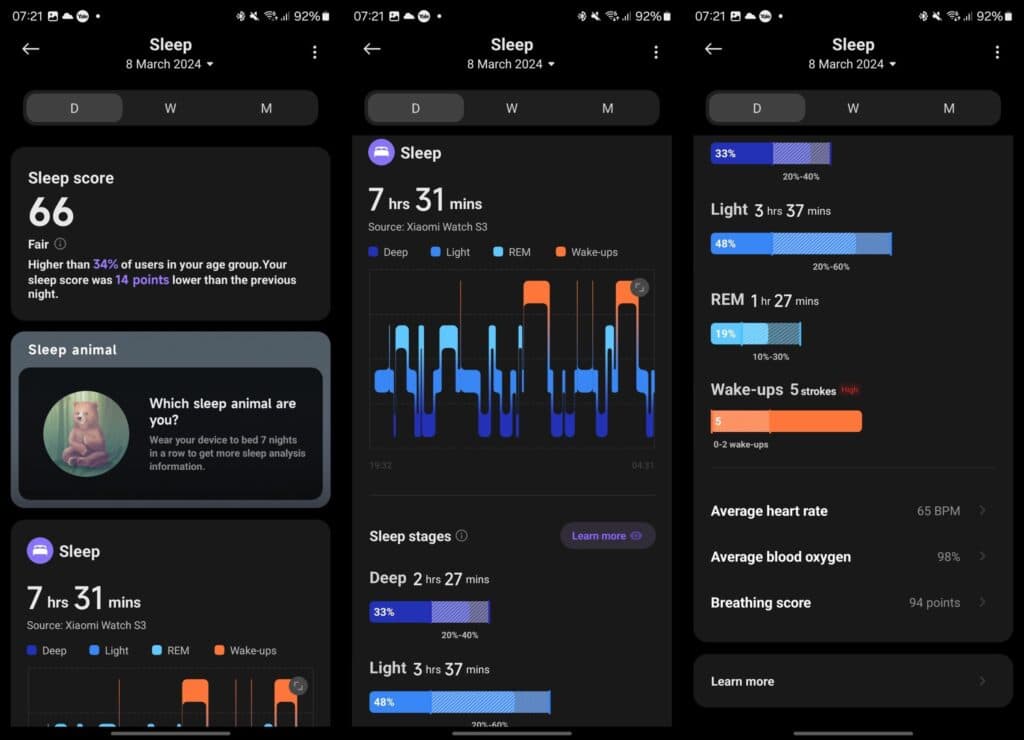

- Xiaomi:
- Duration: 7 hours 31 mins
- Deep Sleep: 3 hour 27 mins
- REM: 1 hour 27 mins
- Light Sleep: 3 hours 37 mins
- Sleep Score: 66 (Fair)
- Times Awake: 5
- Average HR: 65bpm
- Garmin:
- Duration: 6 hours 54 mins
- Deep Sleep: 44 mins
- REM: 23 mins
- Light Sleep: 5 hours 47 mins
- Sleep Score: 62 (Fair)
- Times Awake: 40 mins (5 or 6 looking at the graph)
- Average HR: 51 BPM (Garmin reports resting HR not average)
- Withings:
- Duration: 7 hours 15 mins
- Deep Sleep: 1 hour 3 mins
- REM: 1 hour 10 mins
- Light Sleep: 5 hours 2 mins
- Sleep Score: 81
- Times Awake: 3 (27 mins)
- Average HR: 61bpm
Sleep tracking is notoriously inaccurate as wearables can’t really identify if you are asleep or what stage of sleep it is. But, it is still nice data to have and can give some insight into your physical condition for the day.
Some of the features will need to be enabled within each metric’s settings. For example, I had to switch on all-day SpO2. For my Garmin, I normally leave things like SpO2 switched off as it has little benefit but reduces the battery life. For Xiaomi, the battery life is so good that I leave everything switched on.
Battery Life
One of the most impressive aspects of the Xiaomi Watch S3 is its battery life. With typical usage, the watch can last up to 15 days on a single charge. Even with the always-on display enabled, which allows you to see the time and your stats at a glance, the watch can still last up to 5 days.
In my case, with AOD off, I was getting around 14 days of use with several hours of GPS tracking per week and around an additional 7 hours of general fitness tracking.
This long battery life is a significant advantage over all fully-fledged smartwatches, which often require daily charging. It also outlasts the Garmin Fenix 6 Pro by a considerable margin.
With the Watch S3, you can wear it continuously for weeks without worrying about running out of power.
Price and Alternative Options
| Preview | Product | Rating | Price | |
|---|---|---|---|---|
   | Xiaomi Watch S3 3,63 cm (1.43") AMOLED 47 mm Numérique 466... | £119.99 | Buy on Amazon |
The Xiaomi Watch S3 is available for just £120 direct from mi.com. It comes in silver or black and has the corresponding pixel.
At the time of writing, I could not find any listings for the additional bezels and straps.
Xiaomi then has the Watch 2 and Watch 2 Pro, which are both powered by Wear OS. These are more expensive and have a much shorter battery life, but they are fully functional smartwatches that can install apps.
Huawei has the Watch GT 4, which has nicer hardware and better GPS, but costs from £230. The older GT 3 is available on Amazon for just £150.
Honor has the Watch 4, which is available for just £100, but I would say this sits somewhere between the Xiaomi Smart Band 8 Pro. and the Watch S3.
The Fitbit Versa 4 is worth considering at £150. I prefer Fitbit for health and fitness tracking, but the watch isn’t as attractive, and they try to force a subscription on you.
Then the Amazfit GTR 4 is £200
Finally, for fitness enthusiasts, Garmin is the best brand, but you pay for it. The Venu 3 is £450, and the Venu 2 is £280. The closest-priced options are the really ugly Venu SQ at £110 or the Forerunner 55 at £150.
Overall
I think the Xiaomi Watch S3 is a superb affordable smartwatch.
Looking at the competition, it undercuts most of the alternative choices for a smartwatch and comes close in price to the cheaper-looking band-style smartwatches. The Garmin Venu SQ is cheaper and will probably have better fitness features, but I think it is quite ugly and uses a less attractive LCD display with a much shorter battery life.
The overall build quality and appearance may not be as good as those of the Huawei Watch GT 4, but it is attractive enough, and you can tweak the appearance with the bezels and straps.
Similarly, it may not have quite the same advanced features as Huawei, Fitbit or Garmin, but it is priced accordingly, and it has all the important features I want.
For a long time, I have recommended Xiaomi GPS-equipped watches as the most cost-efficient way to track outdoor activities with Strava, and this remains true here.
Similar to the competing options, which lack a fully-fledged smartwatch OS, the battery life is phenomenal. With the all-on display switched off, I was getting close to 14 days of usage, and that’s with several hours of GPS sports tracking per week. Overall, I’d say the Xiaomi Watch S3 stands out as the best smartwatch at this price point and I think it is a great option for anyone looking for affordable fitness tracking with Strava support.
Xiaomi Watch S3 Review - An affordable smartwatch with 14 days battery & Strava support
Summary
The Xiaomi Watch S3 is a fantastic, affordable smartwatch. It is priced just above what you would pay for some competing smart bands while being more affordable than most similarly specced smartwatches from the likes of Huawei.
Overall
95%-
Overall - 95%95%
Pros
- Fantastic value for money
- Nice looking watch which can be customised with new bezels and straps
- Good fitness training with Strava support.
Cons
- Proprietory magnetic charger
I am James, a UK-based tech enthusiast and the Editor and Owner of Mighty Gadget, which I’ve proudly run since 2007. Passionate about all things technology, my expertise spans from computers and networking to mobile, wearables, and smart home devices.
As a fitness fanatic who loves running and cycling, I also have a keen interest in fitness-related technology, and I take every opportunity to cover this niche on my blog. My diverse interests allow me to bring a unique perspective to tech blogging, merging lifestyle, fitness, and the latest tech trends.
In my academic pursuits, I earned a BSc in Information Systems Design from UCLAN, before advancing my learning with a Master’s Degree in Computing. This advanced study also included Cisco CCNA accreditation, further demonstrating my commitment to understanding and staying ahead of the technology curve.
I’m proud to share that Vuelio has consistently ranked Mighty Gadget as one of the top technology blogs in the UK. With my dedication to technology and drive to share my insights, I aim to continue providing my readers with engaging and informative content.
Last update on 2024-04-27 / Affiliate links / Images from Amazon Product Advertising API

